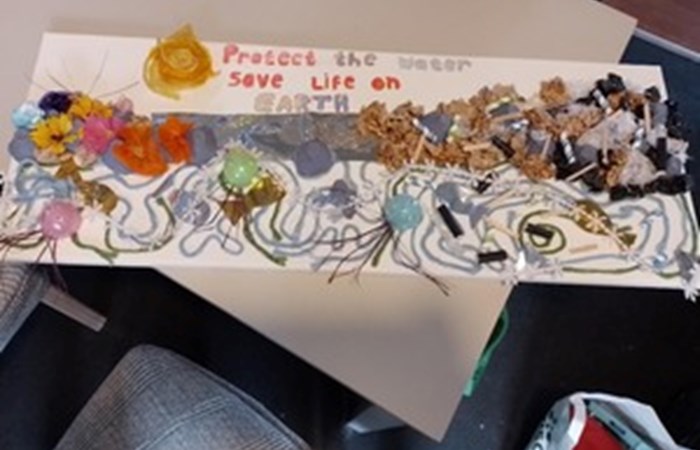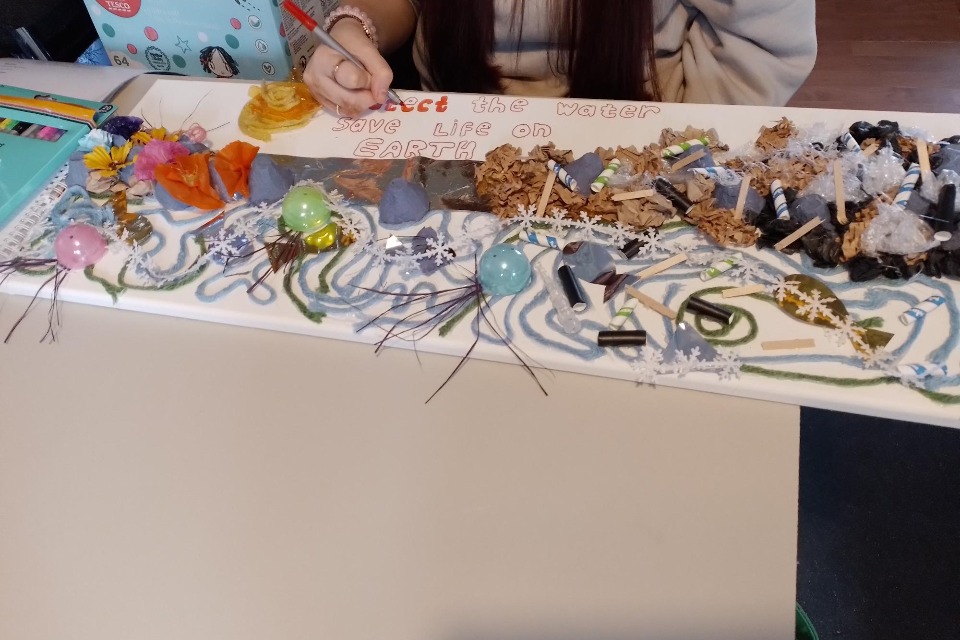Youth Justice Board For England Wales

The Youth Justice Board (YJB) is excited to be launching the ; a brand-new, national assessment tool for youth justice services (YJSs) working with children subject to prevention and diversion disposals. The tool is Child First at heart and designed to be completed with the child at the forefront.
Suffolk Youth Justice Service signed up to be an early adopter of the assessment tool and have now been using it for about a year. We caught up with Amy Bruce, Operations Manager at Suffolk, to find out about how she has been using the Prevention and Diversion Tool to improve the way her service works with children, and offer some advice for YJSs implementing the tool this April.
As County Operations Manager at Suffolk, what is your day-to-day like?
I look after everything with regards to out of court disposals in Suffolk and I chair the out of court disposal panel every week.
In terms of day-to-day, theres a range of managing policy and provision around the out of court work, supporting with court operations and attending partner meetings.
You mentioned that you chair Suffolks out of court disposal panel, can you tell us a bit about how that panel works and what your role on it is?
Children are referred to us from the police who are on the Child Gravity Matrix and assessed as being suitable for an out of court disposal. We complete the prevention and diversion assessment with a child to get a good understanding of them and find out why theyve engaged in the behaviour thats resulted in them being referred to us.
We then meet with a multi-agency panel on a weekly basis which includes representatives from police, primary mental health, substance misuse and a safeguarding manager. They hear about the incident, the impact its had on any victims, discuss any ongoing safety concerns, and look at what we can do to support the child and ensure that the incident doesnt happen again.
Where appropriate, we aim to divert children away from court and make sure that theyre given the support they need. Sometimes we find that children come through to the service who need a significant amount of support, and we act as the catalyst for moving them back into mainstream services, such as education. For other children it can be much simpler, for instance we might use restorative justice work, and Ill touch on an example of that later.
Spooky goings on
We had a great example recently of how the assessment tool can work for simpler cases. We received a referral for two children who had caused significant damage trying to break into a 16th century church, which had caused serious concern in the community.
When the police spoke to the two children involved, they said, Well, we heard it was a haunted church. Theyd travelled a long way to get to the church and found it was locked when they arrived. The children said, We really wanted to get inside, so we started breaking at the door trying to get in, thinking it would just break. When the children were told how much the damage would cost, they were devastated.
We took the boys to the church to meet with the church warden and a member of the community. The children explained that they thought it was haunted and wanted to get inside. The church warden explained the damage theyd caused and the fear it had caused in the community. This resulted in both parties being able to understand each side to the story, and the boys were invited back to be part of the provision that keeps the church safe over Halloween. For the children, the opportunity to go back and support the church and correct some of the harm done was the best thing in the world, because lots of people flood the church during Halloween due to its haunted reputation.
When the full assessment was completed with them, it highlighted that there wasnt anything else happening in this scenario. The tool, being strengths-based, identified all the support that was in place for those children. The key for us was to facilitate that conversation, which is what we were able to highlight through our assessment.
How have you found being an early adopter of the YJBs Prevention and Diversion Assessment Tool and what approach did you take to using the tool at Suffolk Youth Justice Service?
At Suffolk weve been doing a lot of development on our approach to out of court disposals and the tool has been a positive part of that.
We were given lots of support from the YJB; they suggested some areas to focus on, as well as advice and guidance around what fits into each of the areas within the assessment.
The tool captures all the information about the child first, then moves on to the behaviours that theyve been referred to us for. It supports the practitioner to hold the child in mind throughout the assessment and make sure they are at the heart of it.
When practitioners navigate their way through the tool, we encourage them to draw out the strengths in each of the areas first. There are the standard areas that you would expect to be in an assessment tool: for example, exploring the childs living situation, home life and education. We ask them to think about the positives of all those factors, followed by the areas were concerned about or that we need to give the child and their family some support on.
Overall, weve had positive feedback from practitioners on the process, how theyve been supported to navigate the tool and to clarify the expectations of them when completing the assessment.
Meeting unmet needs
Weve been working with a child who came to our attention for some graffiti in her local area. We completed the assessment with her and found that some of the questions the tool encourages you to look at with the child, had never been asked of her before.
A major one being that the assessment highlighted that she is deaf and has never had the right support in place. Being deaf was affecting the way she communicated, and she didnt feel comfortable communicating with people.
Her practitioner referred her to receive some specialist support, and she met with our speech and language therapist and primary mental health worker to address issues stemming from her unmet needs.
As part of the work to repair the harm done to the community, she was supervised to collect rubbish from businesses in her local town to create an artwork, symbolising the transition from a rubbish-polluted sea to a clear one. The text on the canvas reads, Protect the water, Save life on earth.

The child starting to create the artwork.
When you help a child take pride in something, that will sit with them and theyll remember that.
This experience boosted her self-esteem, confidence, and communication skills, and she distributed CVs as she completed the project, ultimately securing a local apprenticeship with our support. The artwork, donated to the local librarys environmental section, reflects her transformation and the opportunities that emerged through the process.
I think when you help a child take pride in something, that will sit with them and theyll remember that. A lot of the ingredients for success were already there, she already had those skills, we were just the catalyst.

The child's artwork in progress.
What have you found to be the most useful part of the assessment tool?
The tool is shorter than AssetPlus, but is split into distinct sections to ensure that theres full information gathering on the child. Information is pulled from various sources into these different sections, allowing practitioners to fully navigate and understand the childs situation.
The practitioner is prompted to comment, in their opinion, what needs or goals is the child trying to achieve through their behaviour and why has the behaviour taken place? Ultimately, if we can understand that, thats what forms the foundation for a strong plan that supports their identity shift and helps it to develop by building on the childs strengths.
Have you found any barriers or challenges to using the tool?
Currently its fact that its a Word document but it will soon be integrate
